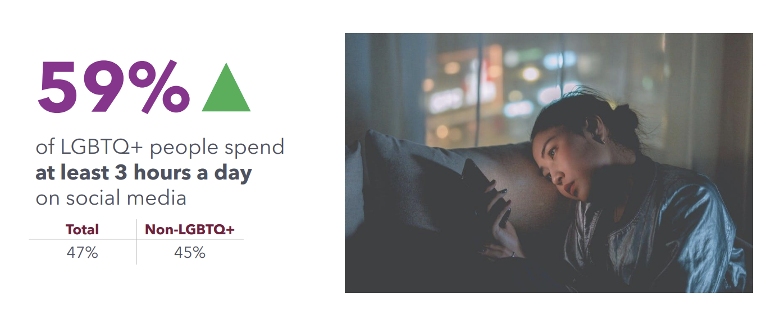Engage Diverse America with an Impactful Media Strategy

How do you create a digital media strategy that truly captivates diverse America?
The American consumer spends an enormous amount of time on digital media platforms. Whether it’s scrolling through social feeds, streaming videos, or tuning into podcasts, these digital spaces offer human connection, entertainment, and education. And in response, brands worldwide are evolving.
As a marketer, you’re presented with a unique opportunity to enthrall and engage your audience. Yet, to stand out, you must be ready to address the following questions
- What platforms are your consumers using to access media content?
- What are the reasons behind their choices in media consumption?
- How can you authentically engage with your target consumer across diverse channels?
To help, Collage Group has conducted multiple surveys across diverse America. The key findings and insights from this research are presented in this article. Gain a new perspective on how Americans across different age groups, ethnicities, and LGBTQ+ identities engage with digital media. From this, you’ll be able to refine your digital media strategy to one that aligns with the habits and preferences of your diverse consumer base. Heighten brand awareness and cultivate brand affection within diverse America. Are you ready?
- Create an Effective Media Strategy That Involves Three Key Channels
- How to Create a Digital Media Strategy That Resonates With the LGBTQ+ Community
- How to Create a Digital Media Strategy That Resonates With Multicultural America
- How to Create a Digital Media Strategy That Engages Consumers Across Generations?
Crafting a Three-Pronged Digital Media Strategy for Maximum Impact
Collage Group has identified three key media channels that are essential for the success of any given digital media strategy. These channels are:
- Social media
- Video
- Audio
Consumer behavior and habits for each channel are examined. From here, you’ll learn the unique preferences across generations, ethnicities, and LGBTQ+ consumers. Armed with these insights, you’ll be able to craft a digital media campaign, one that captures the attention of your diverse consumers.
How to Create a Digital Media Strategy That Resonates With the LGBTQ+ Community
(This section draws from those insights given by Collage Group’s 2023 Multicultural Consumer Media Habits and Channels survey.)
LGBTQ+ Americans are digital media power users. They dominate social media, online streaming, and audio platforms.
With this in mind, Collage Group meticulously analyzed the engagement patterns within this community across the three pivotal media channels. These trends unveil invaluable insights for brands, paving the way for a dynamic and captivating media strategy.
Social Media Strategy: Unveiling Key Insights and Actionable Steps for LGBTQ+ Empowerment
59% of LGBTQ+ consumers spend at least 3 hours per day on social media, compared to 45% for non-LGBTQ+ consumers. Clearly, LGBTQ+ individuals are fervent social media enthusiasts. TikTok and Instagram stand out as their favorite platforms.

Where can we send you the full article?
This post includes a small sample of the deep cultural intelligence that fuels growth for our members. Contact us to unlock more content like this.